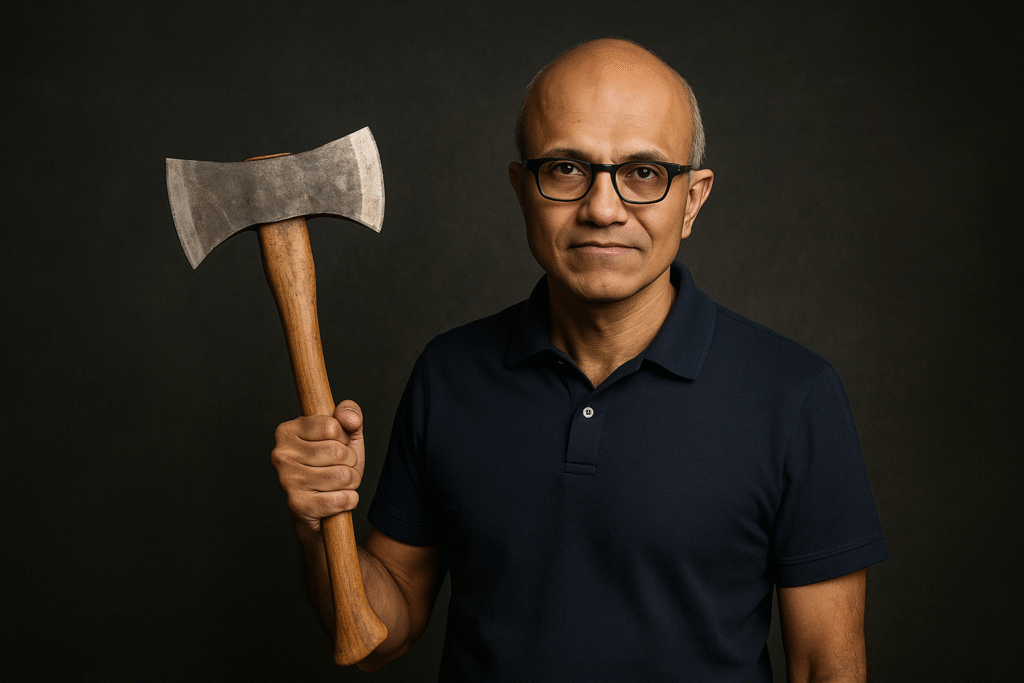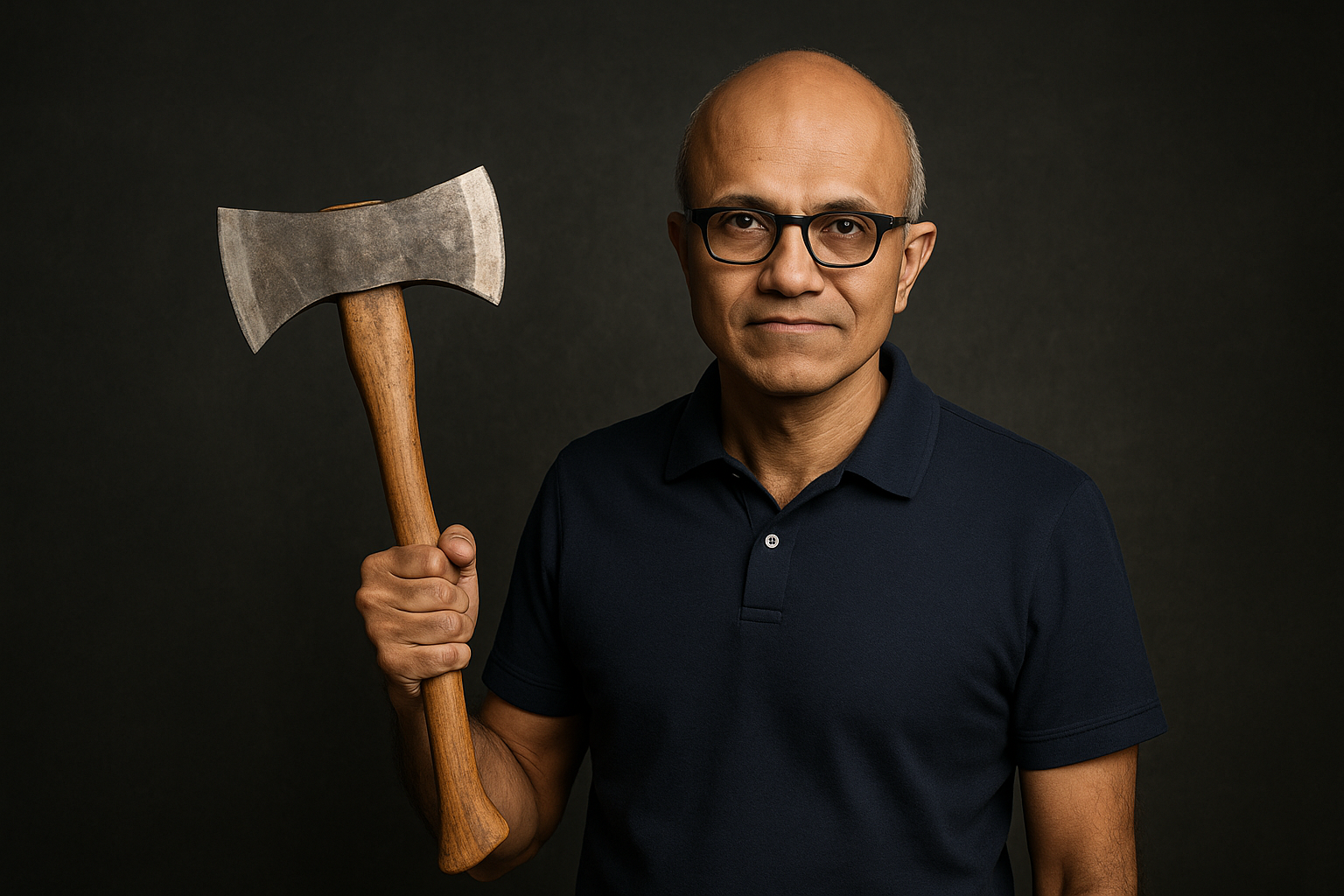
Microsoft CEO Satya Nadella is once again trying to reassure employees in the wake of job cuts. In a new internal memo, he reflects on the company’s direction and financial strength, while acknowledging the layoffs that continue to impact teams across the organization. But the message sends a conflicting signal. If Microsoft is performing so well, why are people still losing their jobs?
Nadella begins by directly addressing the eliminations, calling them one of the most difficult decisions leadership faces. He thanks those departing for their contributions, crediting them with shaping the company’s foundation. It’s a respectful gesture, but for employees now without jobs, it may feel like little more than corporate ritual.
At the same time, Nadella points to Microsoft’s strong financial performance. He says the company is thriving by every measure, from market strength to infrastructure investments. Headcount overall, he notes, hasn’t changed much. This adds to the confusion. If the company is growing and investing, how do layoffs fit into the equation?
The answer seems to lie in Microsoft’s aggressive transition toward AI. Nadella outlines a new vision for the company, describing a shift from traditional software development to what he calls an intelligence engine. The new mission is to empower everyone to build their own tools, using Microsoft’s AI platforms as the foundation.
This sounds like innovation, but there’s another side to it. If AI tools are now expected to handle research, analytics, and coding, some roles inevitably become redundant. The very products Microsoft is building may be contributing to the need for fewer people. While not stated directly, that reality hangs over the entire message.
Nadella says Microsoft is focused on three priorities: security, quality, and AI transformation. Security and quality, he says, cannot be compromised. But the real momentum is behind AI. The company plans to rebuild every layer of the tech stack, from infrastructure to applications, with AI at the center. The goal is to deliver both platform and product advantages that scale.
To make that happen, teams are shifting. Job scopes are changing. Internal structures are evolving. Nadella admits this process feels messy, and in some ways, that’s the point. He compares the moment to the rise of personal computing in the 1990s, when new tools reshaped work and created new opportunities. But unlike that era, AI may not be about expanding the workforce. It could be about reducing it.
Throughout the memo, Nadella leans on the idea of a growth mindset. He encourages employees to embrace change, to see this as a chance to learn, adapt, and have a meaningful impact. He wants people to look back and see this period as a turning point in their careers. That’s an easy message for those still on the payroll, but a much harder one for those who were recently let go.
The memo comes just before Microsoft’s next earnings report. That timing suggests this message isn’t just for employees. Investors are watching closely, and Nadella’s words are also aimed at showing the company is focused, disciplined, and ready for the future.
Still, the human cost of this transition shouldn’t be ignored. Microsoft may be leading the way in AI innovation, but it’s also raising uncomfortable questions about the value of labor in a company that says it is thriving while continuing to shrink parts of its workforce.


